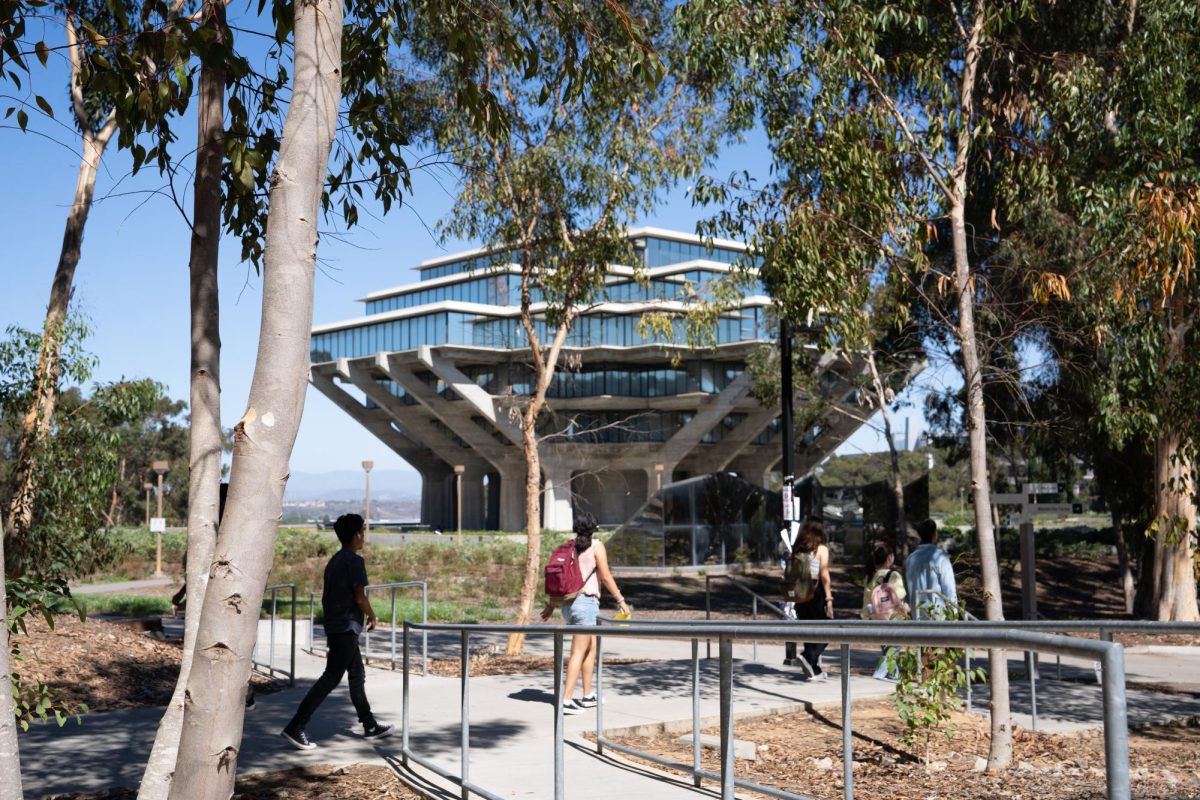An international team of researchers from UCSD and India’s IFOM-inSTEM identified a new molecule, fibulin-5, as a factor contributing to fibrosis. The researchers made the announcement on Oct. 15 and are aiming to eventually develop a more effective treatment or cure for fibrosis, which according to Colin Jamora, a biologist at IFOM – inSTEM and one of the study’s lead authors, contributes to approximately 30 percent of deaths worldwide.
Fibrosis is a condition that can affect tissues like those of the skin, lungs, heart and liver, causing them to develop fibrous connective tissues which lead to stiffening, swelling and even loss of function. Shyni Varghese, a UCSD bioengineering professor and one of the study’s lead authors, explained that the treatment available so far is not ideal.
“One strategy is targeting the ‘transforming growth factor beta,’” or TGF Beta pathway, and thereby interfering with the disease,” Varghese told the UCSD Guardian. “However, the reality is that it’s not a very effective method, which led us to think that perhaps there are additional pathways that we needed to look into and target.“
Prior research has mostly focused on the more-abundant protein in the skin, collagen, which yielded the treatments currently available. This study instead focused on elastin — a protein that gives skin its elasticity, which is the ability to bounce back to its original shape after being stretched — and fibulin-5, which is responsible for the formation of elastin. The team discovered that elevated levels of fibulin-5 caused elastin to form in abnormally large amounts, which correlated with subjects afflicted with fibrosis.
Varghese also gave further insight into why they decided to target elastin specifically in their study.
“There were not many studies with elastin, even though elasticity is a key protein found in the skin,” Varghese said. “So we decided to target elastin and since fibulin-5 plays a role in elastic fiber assembly, we also decided to look into that.”
Jamora stated that the research will result in more comprehensive fibrosis treatment in the future.
“Our demonstration that fibrosis can be prevented from occurring if we remove fibulin-5 from the picture offers a novel target,” Jamora told the Guardian. “We believe fibulin-5 to be an important component of this disease that remains unidentified. This manuscript demonstrates that fibulin-5, which is a relatively minor component of the population of proteins that make up the dermis, plays an oversized role in promoting fibrosis.”
Additionally, Jamora indicated that the long-term goals of of the research are aimed primarily at therapeutics such as fibrosis prevention.
“We would like to be able to control the amount of scar tissue that is formed following injury – to provide enough scar tissue for structural support but limited so that it doesn’t become over-scarring that can have deleterious effects on normal organ function,” Jamora said.
Jamora also remarked that the findings would be relevant to the cosmetic industry in treating scars.
“The cosmetic industry would be interested in the potential scarless wound healing as there would be no lasting signs of a wound that can affect aesthetics and skin beauty,” Jamora said.







